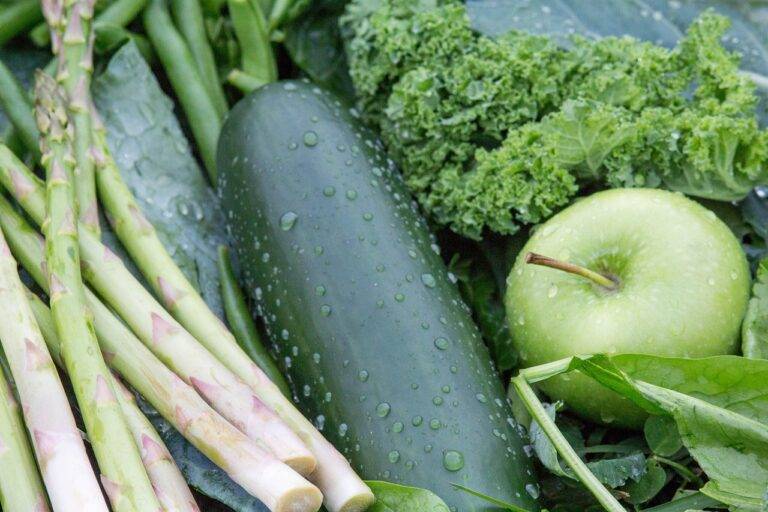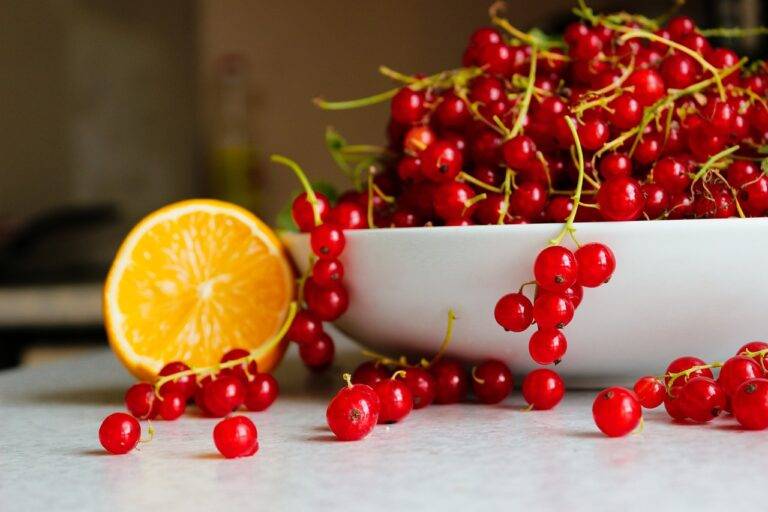The Evolution of Food Packaging: Balancing Convenience with Environmental Responsibility.
Food packaging has been a crucial element of human civilization for thousands of years. From the earliest days of using leaves, animal skins, and clay pots to store food, to the more recent development of tin cans and plastic containers, the history of food packaging is a testament to the innovative nature of human beings. The ancient Egyptians were among the first to use woven reeds and straw to package food items, demonstrating the early recognition of the need to protect and preserve food for consumption.
As societies evolved, so did food packaging methods. The Romans used amphorae, large ceramic containers, to transport and store liquids such as olive oil and wine. In Asia, bamboo and banana leaves were commonly used for packaging food. The Industrial Revolution in the 19th century brought about significant advancements in food packaging, with the introduction of canning and bottling techniques that revolutionized the way food was preserved and transported.
The Impact of Food Packaging on the Environment
Food packaging plays a significant role in our daily lives by preserving the freshness and quality of food products. However, the environmental impact of food packaging cannot be overlooked. The production of packaging materials and the disposal of packaging waste have serious consequences on our planet’s health.
The manufacturing of food packaging contributes to air and water pollution, as well as the depletion of natural resources. Additionally, the disposal of packaging waste, particularly single-use plastics, poses a major threat to ecosystems and marine life. As consumers, we must be mindful of the packaging choices we make and strive to reduce our environmental footprint.
What are some common materials used in food packaging?
Some common materials used in food packaging include plastic, aluminum, paper, and glass.
How does food packaging impact the environment?
Food packaging can contribute to pollution, greenhouse gas emissions, and waste in landfills. It can also lead to deforestation and depletion of natural resources.
Is there a way to reduce the environmental impact of food packaging?
Yes, consumers can reduce the environmental impact of food packaging by choosing products with minimal packaging, opting for recyclable or biodegradable packaging, and properly recycling packaging materials.
What are some alternatives to traditional food packaging materials?
Some alternatives to traditional food packaging materials include compostable packaging made from plant-based materials, reusable containers, and packaging made from recycled materials.
How can companies reduce the environmental impact of their food packaging?
Companies can reduce the environmental impact of their food packaging by using sustainable materials, optimizing packaging design to minimize waste, and implementing recycling programs for packaging materials.





